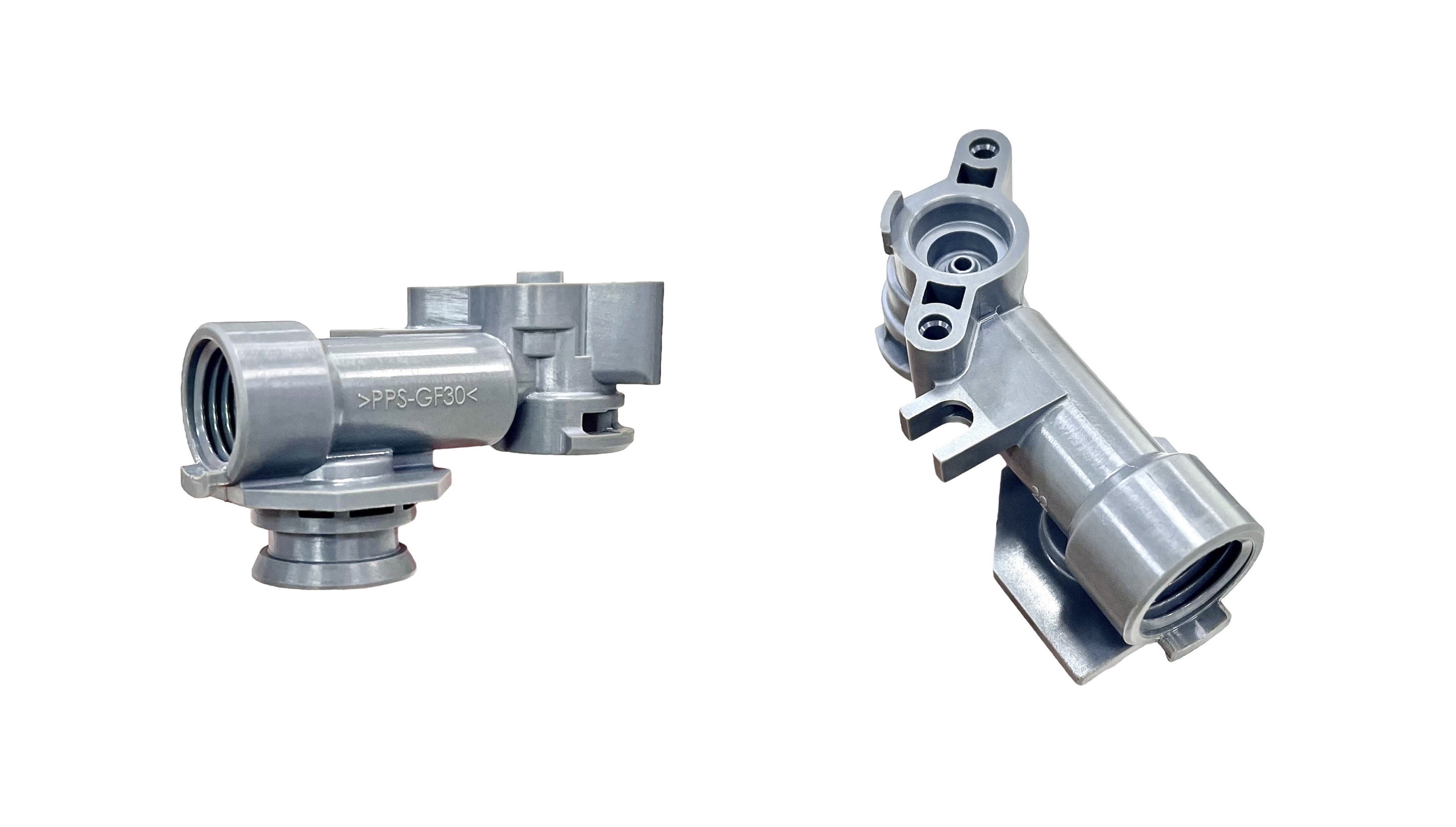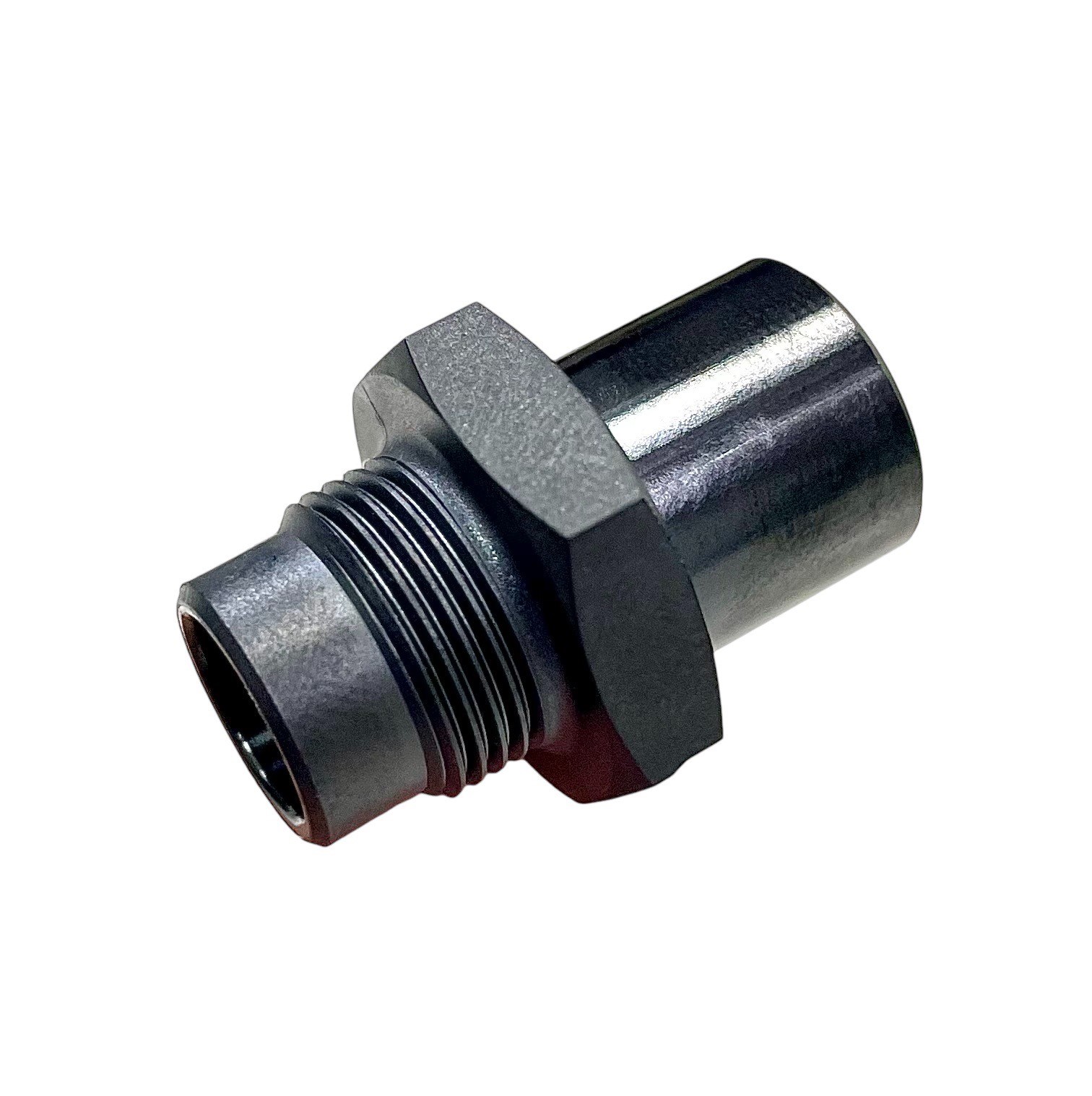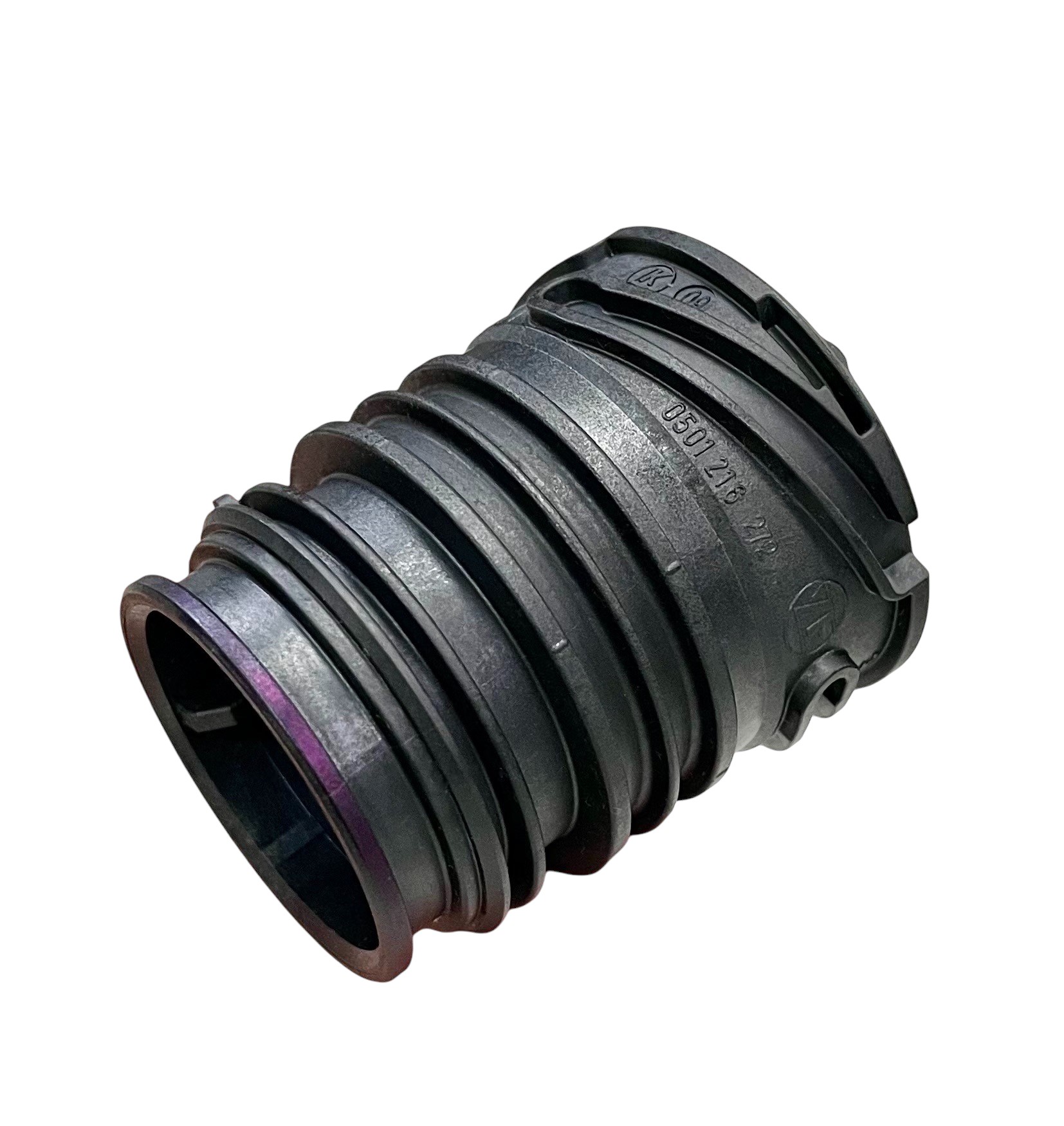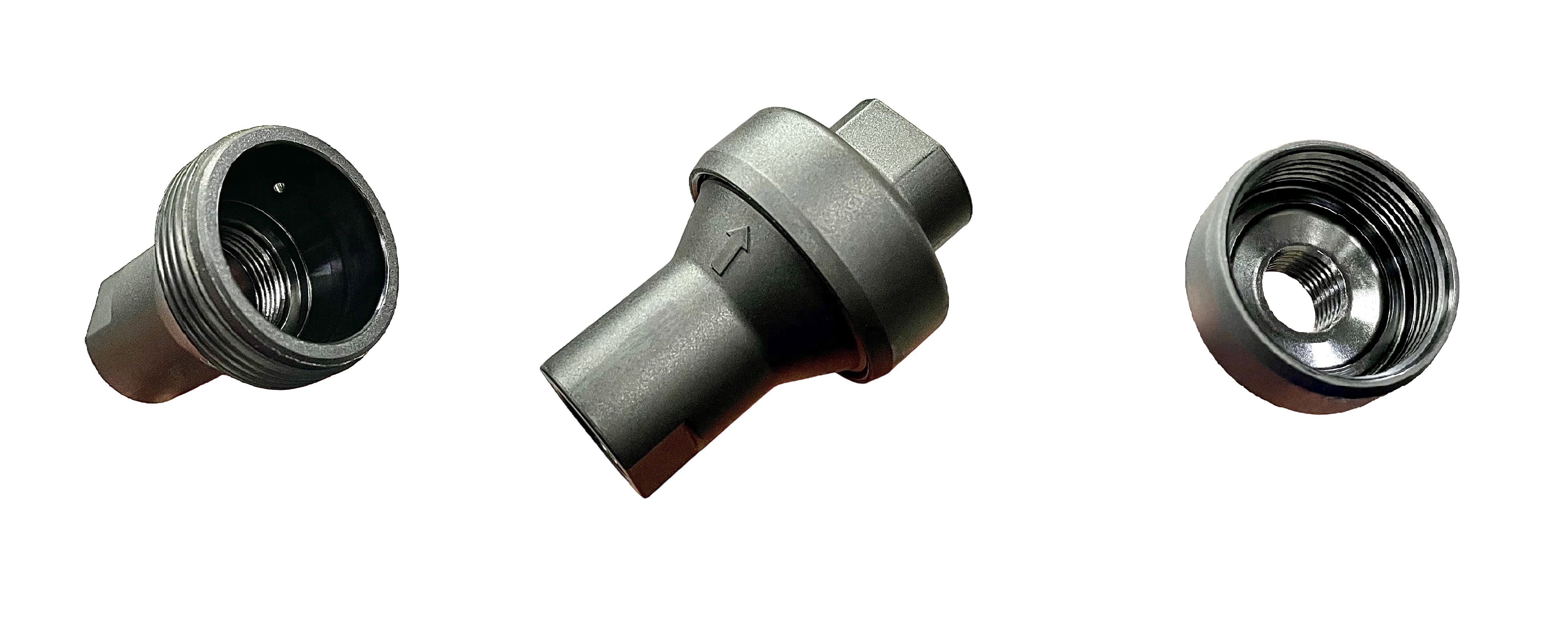Flow System

Plastic injection molding is widely used in the manufacturing of flow system components due to its versatility, cost-effectiveness, and ability to produce complex shapes with high precision. Flow system components encompass a wide range of parts used in various industries such as automotive, aerospace, medical devices, consumer goods, and more.


Here are some common flow system components that are often manufactured using plastic injection molding:
-
Valves: Plastic injection molding allows for the production of valves with intricate designs and tight tolerances. Valves used in fluid control systems, such as ball valves, check valves, and solenoid valves, can be efficiently produced through injection molding.
-
Fittings and Connectors: Fittings and connectors play a crucial role in joining different flow system components together. Injection molding enables the mass production of fittings and connectors in various shapes, sizes, and configurations, including threaded fittings, couplings, elbows, and tees.
-
Pipes and Tubing: Plastic pipes and tubing are essential for transporting fluids in a wide range of applications. Injection molding can be used to manufacture pipes and tubing with uniform wall thickness, smooth interior surfaces, and custom lengths.
-
Manifolds: Manifolds are used to distribute fluids or gases to multiple outlets. Plastic injection molding allows for the creation of complex manifold designs with integrated channels and ports to meet specific flow distribution requirements.
-
Pumps and Pump Components: Certain types of pumps, such as diaphragm pumps and peristaltic pumps, utilize plastic components manufactured through injection molding. Pump housings, impellers, diaphragms, and other pump components can be efficiently produced using this process.
-
Filters and Strainers: Plastic injection molding is ideal for producing filters and strainers used to remove impurities from fluids. These components can be designed with intricate filtration patterns and precise mesh sizes to achieve the desired filtration efficiency.
-
Flow Sensors and Meters: Flow sensors and meters measure the rate of fluid flow in a system. Injection molding allows for the production of housing enclosures, mounting brackets, and other components for flow measurement devices with high accuracy and durability.
-
Tank and Reservoir Components: Tanks and reservoirs store fluids in various industrial and commercial applications. Injection molding can be utilized to manufacture tank lids, fittings, baffles, and other components to ensure leak-proof and efficient fluid containment.

When designing flow system components for plastic injection molding, factors such as material selection, part geometry, wall thickness, gate placement, and surface finish should be carefully considered to optimize performance, manufacturability, and cost-effectiveness. Additionally, quality control measures, such as dimensional inspection and testing, should be implemented to ensure that the manufactured components meet the required specifications and standards.

Overall, plastic injection molding offers versatility, scalability, and cost-effectiveness in the production of components for flow systems, contributing to the efficiency, reliability, and performance of fluid handling applications across industries.

